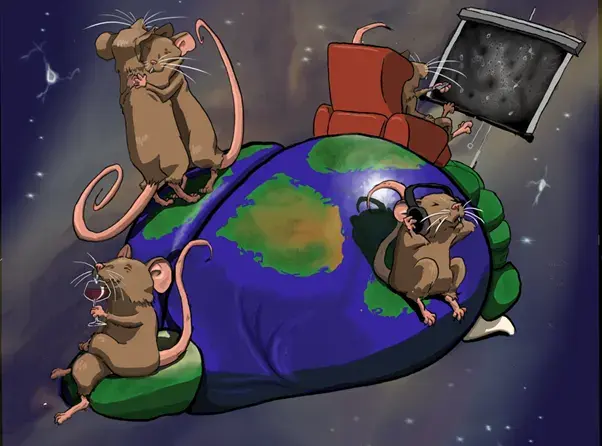Kato & Bruno Neuron Publication
- Randy Bruno

- Jan 22
- 2 min read
Updated: Jul 1

Kato & Bruno is now out in Neuron and shows that, while a primary cortical area may be plastic for its own modality, its cross-modal inputs are highly stable even during learning.
Professor Randy Bruno has co-authored a new study on the stability of cross-sensory input, published this week in the leading neuroscience journal, Neuron.
We recognize objects in the world by combining touch, sight, sound, smell, and taste. The cerebral cortex first processes our senses in ‘primary sensory areas’: the visual cortex for vision, the somatosensory cortex for our body sense, the auditory cortex for hearing, and so on.
In recent years, researchers began noticing that these primary sensory areas respond to senses other than their dedicated ones. As a consequence of this discovery, there has been much speculation that even primary sensory areas could build complicated representations of the world where they combine more than one sense. For example, objects have a sight, a sound, a feel, and so on, and as a human learns about that object, the primary sensory areas change how they represent their main sense.
Professor Bruno and his former graduate student Dr Dan Kato built a special microscope that allowed them to image the activity of many neurons in the brains of mice performing behaviours with multiple senses. They discovered that, while learning indeed changes the main sensory representation of a given primary area, it cannot change the representation of other senses. Their findings indicate that the cerebral cortex must use its secondary areas to generate even the most rudimentary object representations. You can read the full article here.



Comments